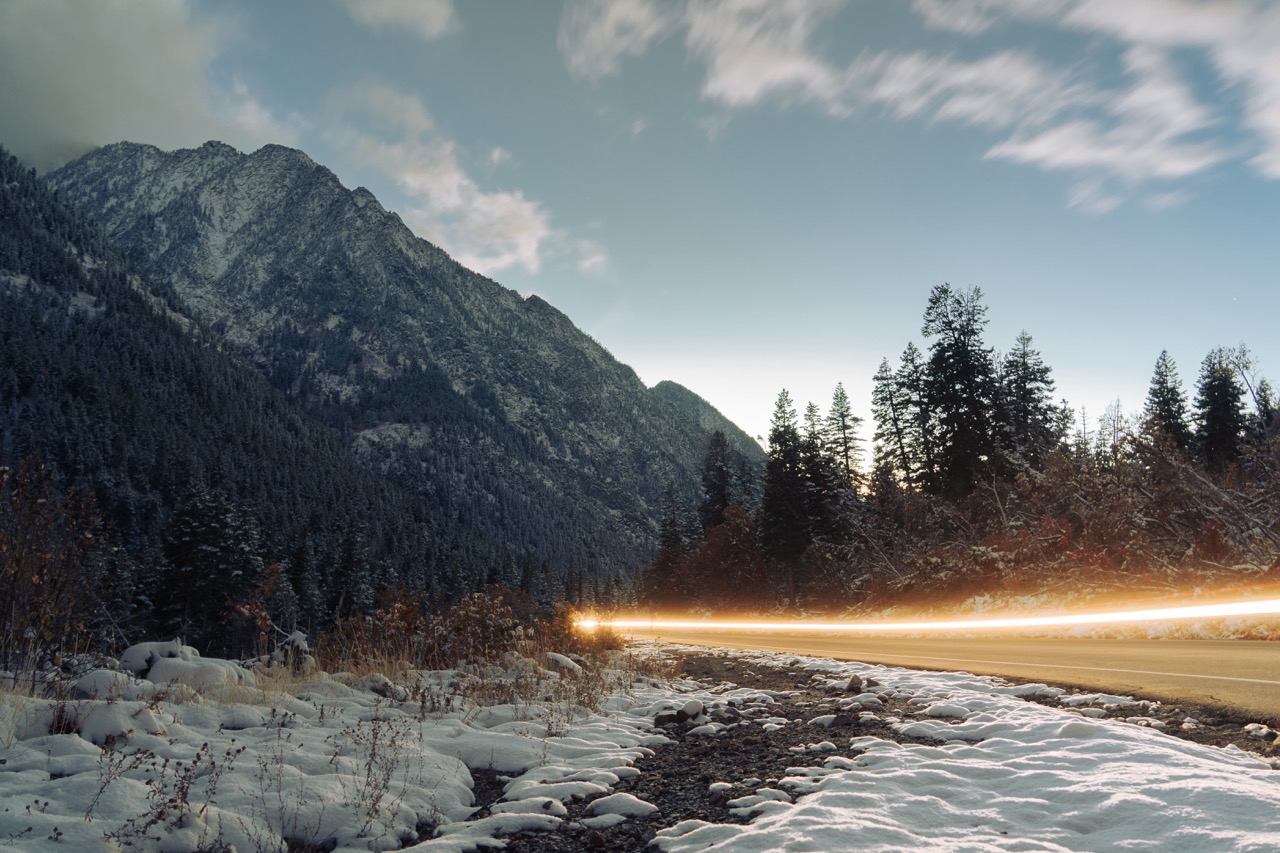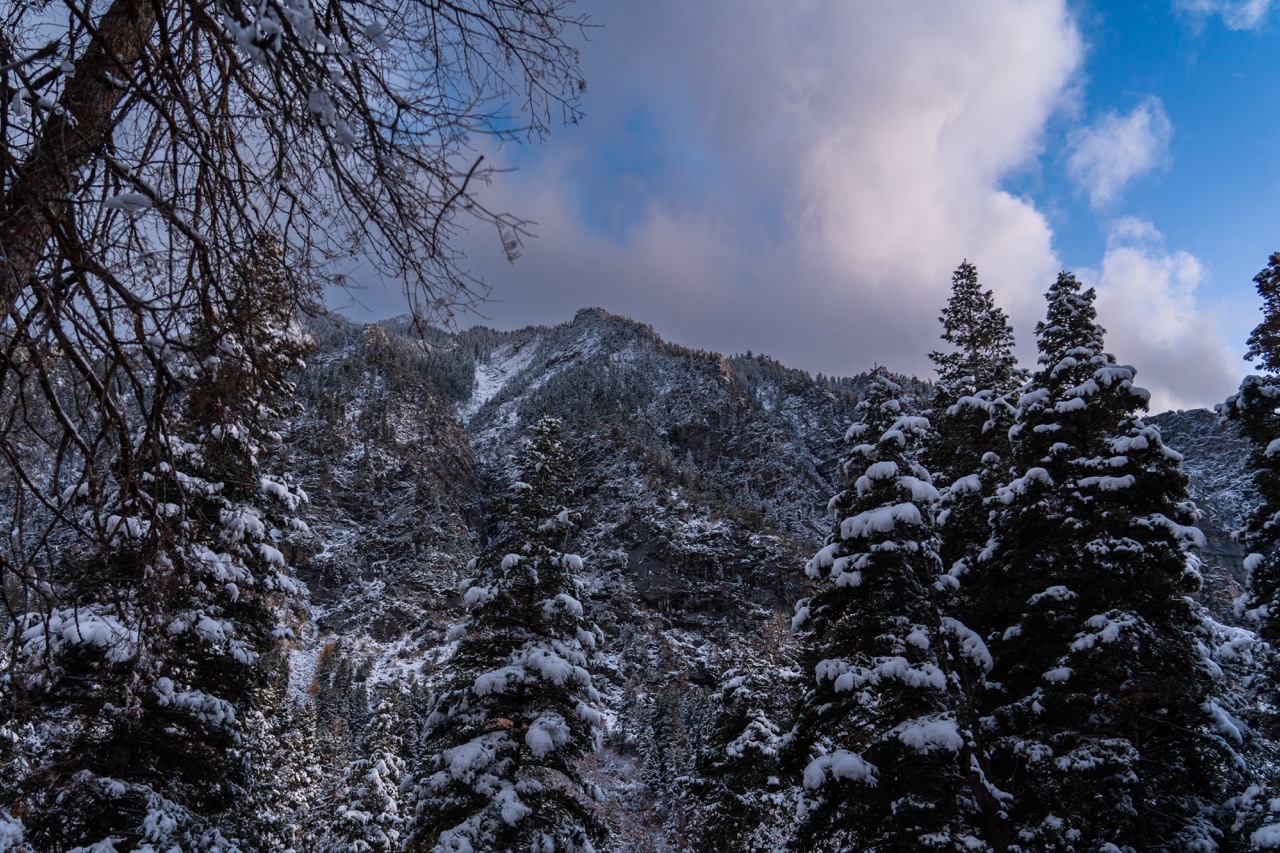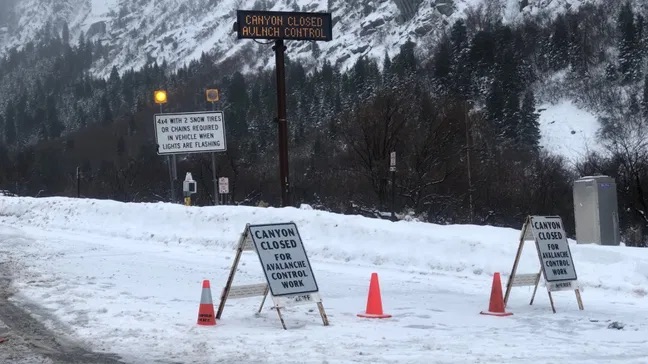
A panel was held on Tuesday, October 29, by Canyon Guard, Friends of Little Cottonwood Canyon, Friends of Alta, and Save not Pave to discuss the future of Little Cottonwood Canyon in Salt Lake City, Utah. The eight-mile-long gondola up Little Cottonwood Canyon has been a topic of controversy for some time due to its large nature with 22 proposed towers and two mid stations. Many argue that it has many negatives, such as a high cost of roughly $550 million and environmental concerns brought upon by the infrastructure required. At this panel, alternatives to the gondola were proposed, with many emphasizing the importance of public transportation and other safety measures for the Little Cottonwood Canyon.
Like many ski resorts, Alta and Snowbird travelers face issues with traffic and road conditions that affect travel time. In recent years, traffic has increased, leading to increased accidents and safety concerns. As a result, UDOT proposed a gondola to help mitigate traffic, improve safety, and reduce overall emissions. However, many argue that the gondola has its flaws. Opponents to the gondola, such as Canyon Guard, Friends of Little Cottonwood Canyon, Friends of Alta, and Save not Pave, have emphasized issues related to taxpayers and have raised environmental concerns.

“The growth in the Salt Lake Valley has brought along with it increased mountain recreation, particularly in beautiful Little Cottonwood Canyon,” UDOT stated on the Gondola Works website. “The year-round transit challenge is the result of avalanches, landslides, and auto and bus traffic. Doing nothing keeps us on the same unsustainable trajectory we’ve been on for decades. With UDOT’s proposed zero-emission, high-capacity, sustainable gondola, now is our chance to solve the congestion that exists now and preserve Little Cottonwood’s mountain access for the future.”
UDOT has clearly highlighted the safety risks from avalanches and variable road conditions. However, critics of the gondola have cited environmental concerns, emphasizing Little Cottonwood Canyon’s beauty and its appeal for mountain biking, climbing, and backcountry skiing. Areas such as areas like Grizzly Gulch, Mount Superior, and other recreational areas are a few notable recreational favorites of locals in Little Cottonwood Canyon. These concerns have spurred discussions on alternative solutions.
Contrary to UDOT’s view, Canyon Guard believes bus service prevents accidents and keeps traffic flow intact. Canyon Guard, an organization dedicated to finding less costly alternatives to a gondola, stated that the Utah Transit Authority (UTA) used to run 87 buses daily but has since only run 23 buses daily. UTA has run a bus from the base of Little Cottonwood Canyon to Alta and Snowbird for many years; however, in past years, they believe it has not been as effective as one would hope due to staffing issues in prior seasons that originated from the COVID-19 pandemic. “We were in the process of bringing on new operators, but training for just regular operators is one thing. There’s some additional experience and training that goes into having to drive up the canyons,” Gavin Gustafson, senior public information officer for UTA, stated. Canyon Guard is still very adamant about the importance of bus service as it is an efficient way of getting many people up the mountain. However, bus service may not fix the entire issue, and many may opt not to take the bus for their convenience, which may lead to increased saturation of buses with the potential not to have enough passengers to fill said seats.

Canyon Guard discussed increasing preparedness and ensuring ill-equipped vehicles are mediated up and not allowed up the canyon on days with variable road conditions. Ensuring proper traction devices are equipped with four-wheel drive, proper snow tires, and readiness for snowy conditions can allow for a much safer trip up the canyons. UDOT has run a sticker program to reward drivers equipped for variable conditions by allowing them to bypass safety checks when traction laws are in effect and enforcing against violators. Other solutions to protect the general traffic flow, like banning U-turns, were suggested to prevent future hazards.
The future of Little Cottonwood Canyon remains a subject of intense debate, reflecting the balance between environmental preservation, public safety, and recreational access. While UDOT’s proposed gondola addresses congestion and safety issues with a high-capacity, sustainable solution, opposition groups like Canyon Guard and Friends of Little Cottonwood Canyon advocate for less intrusive and more cost-effective alternatives, such as improved bus services and stricter vehicle preparedness programs. The discussions underscore a shared commitment to preserving the canyon’s natural beauty while ensuring safe and equitable access for all users. Ultimately, the path forward will require thoughtful collaboration, innovation, and a collective vision prioritizing the environment and the people who cherish it.